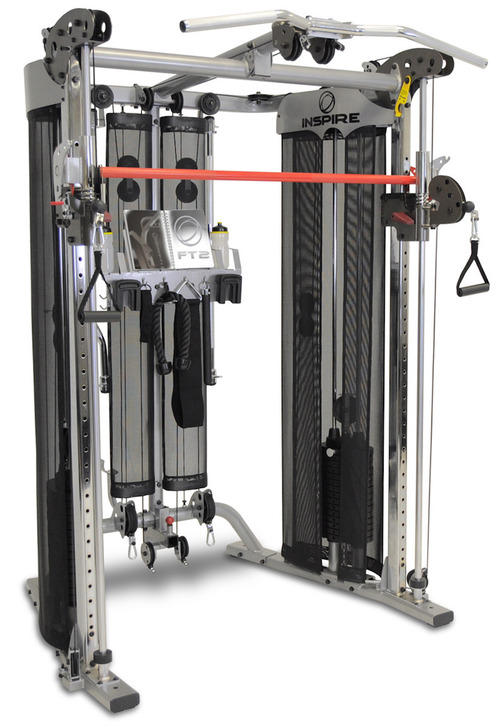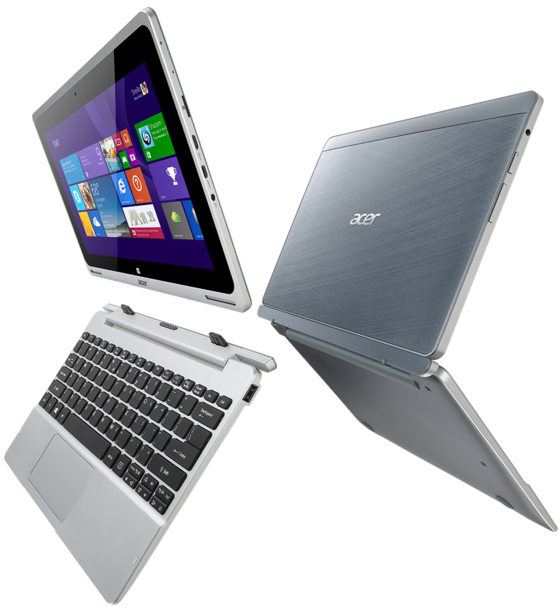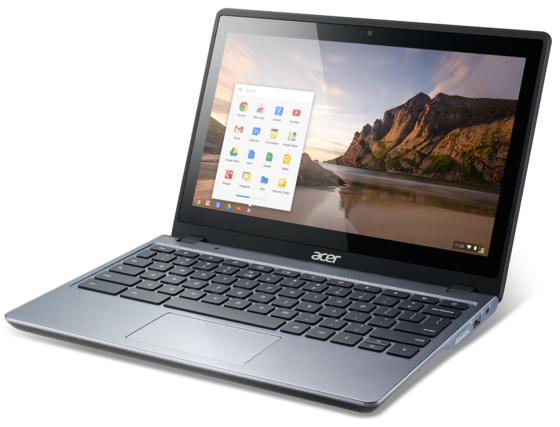Inspire Fitness FT2 Functional Trainer Preview Review
 Tuesday, February 3, 2015 at 6:54PM
Tuesday, February 3, 2015 at 6:54PM This is not a full review but rather a preview or overview so my Website Post will not have a lot of detailed info for the Inspire Fitness FT2 Functional Trainer.
Some of the main points I share in this video review (Bottom of Article) is how versatile, cost effective, compact and well built the Inspire Fitness FT2 Functional Trainer is. I do share one negative point that has to do more with a customer service issue I had with Inspire Fitness.
Getting back to the good points, the Inspire Fitness FT2 Functional Trainer is really well thought out and is one of the only Functional Trainers I have seen that incorporates a Smith Machine that engages the weight stacks so no free weighs are required! And the way the Smith Bar easily goes from adjusting the height and locking into the pulley hubs to pushing the weight stacks is really kind of brilliant and also super safe since it allows for built in safety stops.
Of course you have lots of hook in points top and bottom and along the two adjustable pulley sliders, allowing you to do virtually any type of cable based exercise you can think of, that combined with the Smith Bar and Pull-up bar makes this machine one of the most versatile compact home gym systems I have come across.
When I was looking into acquire a new home gym system, I looked at a lot of other similarly sized Functional Trainers and even though most of them where not as full featured as the Inspire Fitness FT2 Functional Trainer, they generally cost more money. You might think that a lower cost unit must mean it is built to inferior standards, well that is simply not the case! The Inspire Fitness FT2 Functional Trainer is pretty much professional quality and has a lifetime warrantee on mostly everything when used in the home, and a 10 year warrantee when used in a professional gym setting.
I hate to leave on a negative point, because overall I am super satisfied with just about all aspects of the Inspire Fitness FT2 Functional Trainer. This last customer service issue could just be a temporary thing, perhaps a glitch in their communication system, or maybe the gatekeeper went on holidays? We can hope this is the case? Either way, when you make a significant investment like I did in purchasing the Inspire Fitness FT2 Functional Trainer, I want to be reassured that I can contact Inspire Fitness if I have any questions or need support of some sort for my FT2 Functional Trainer. Prior to my purchase I reached out to Inspire Fitness to let them know that I was a Fitness YouTuber and Blogger that was considering buying one of their fitness systems, and that their product would be highlighted on my YouTube Channel and Web page, not just in one review but ongoing since this would be my new home gym setup.

Often times when you reach out to a company, they may offer to send you some promotional items, perhaps a shirt or hat or banner or if you are super lucky, they may even help subsidize your purchase. I was not expecting anything monetary from Inspire, just a confirmation of my email and perhaps a quick reply letting me know at the very least that they got my emails. I am sorry to say that after several attempts to contact Inspire via their contact form and even sending emails directly to their agents Jeff and Fred, I did not even get so much as an automated reply back from Inspire. I hope other people have had better luck contacting them but for me this part of my Inspire Fitness experience was not a positive one.
UPDATE: Inspire has contacted me since this video was posted and apologized for not getting back to me in a timely manner, they are in the process of relocating their business and with limited staff have fallen a bit behind... These things happen :)
Well either way I do not expect to have any major problems mechanically with my Inspire FT2 Functional Trainer. Look forward to many more videos featuring the FT2 Functional Trainer!
 Inspire Fitness FT2 in
Inspire Fitness FT2 in  Conditioning,
Conditioning,  Product Review,
Product Review,  Strength,
Strength,  YouTube Video
YouTube Video 














